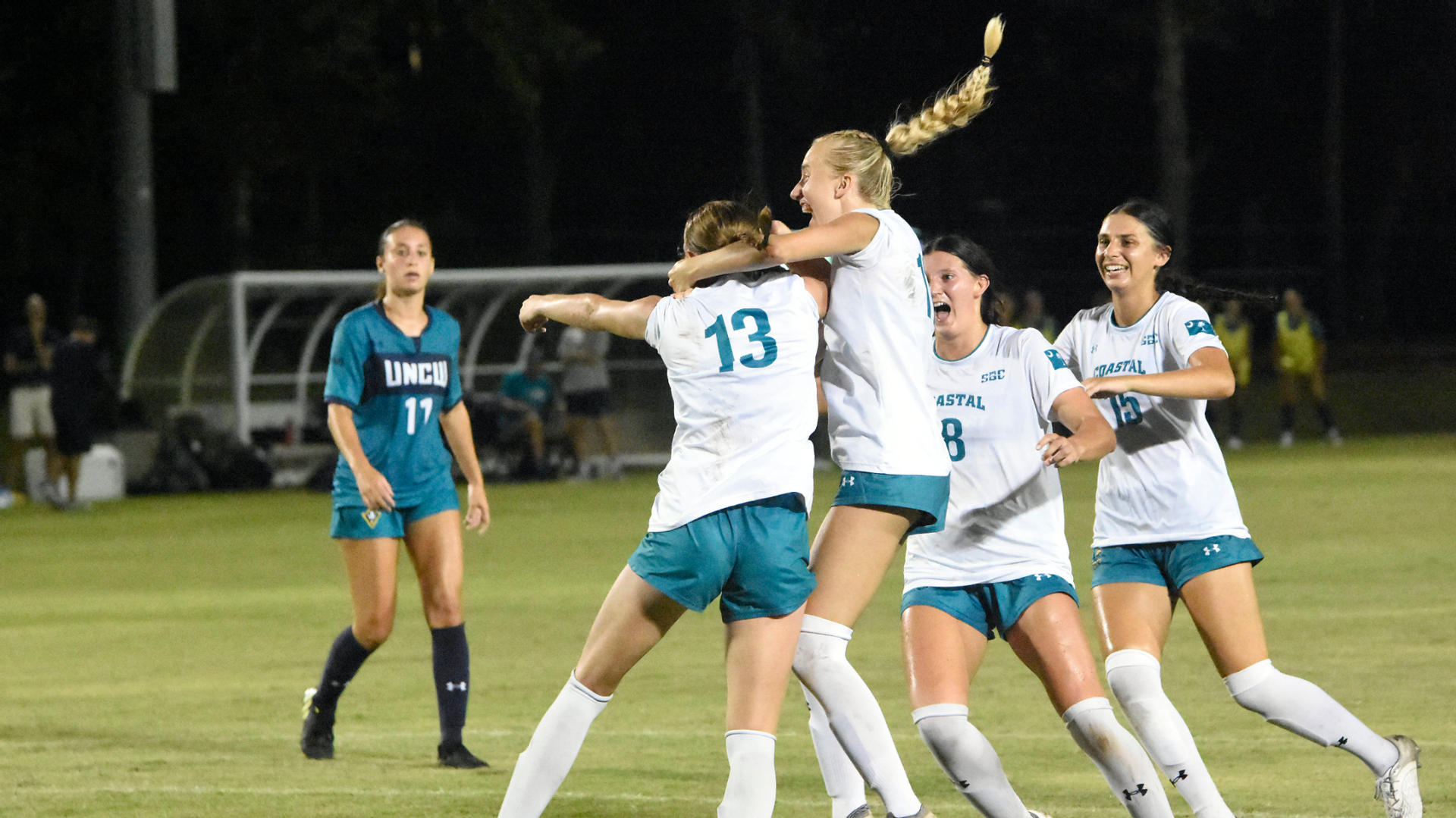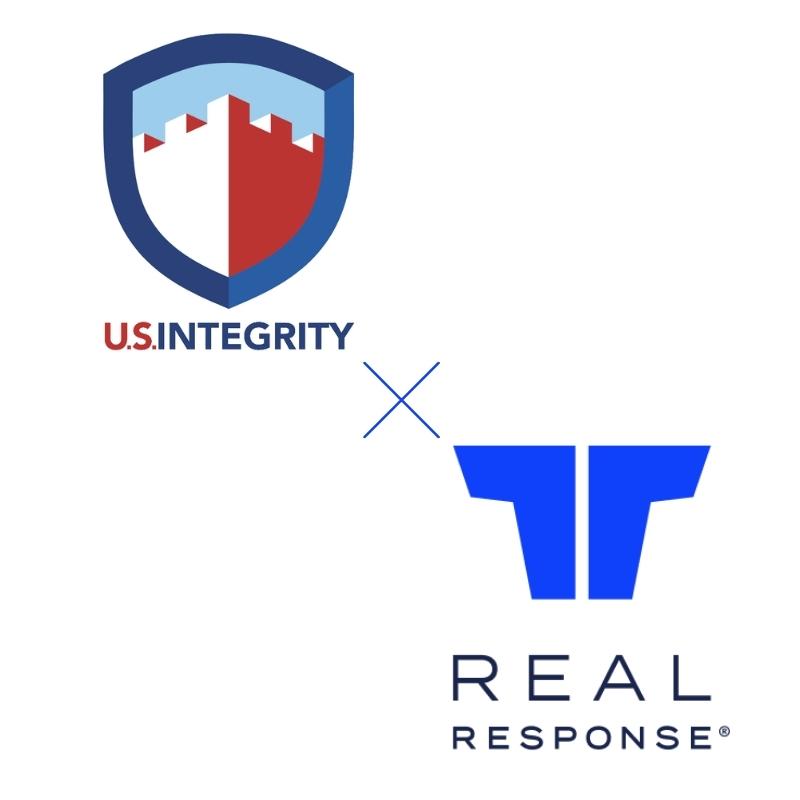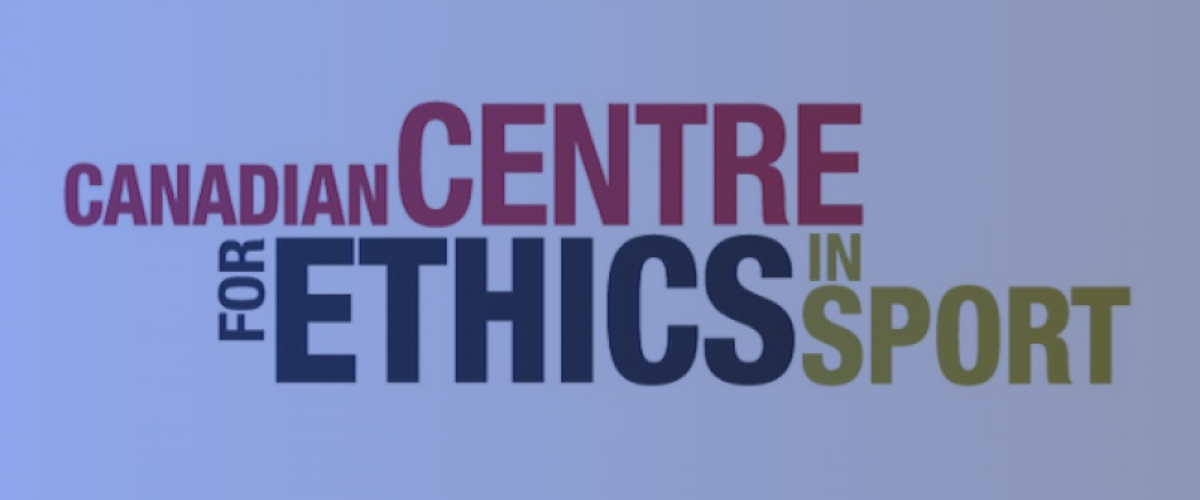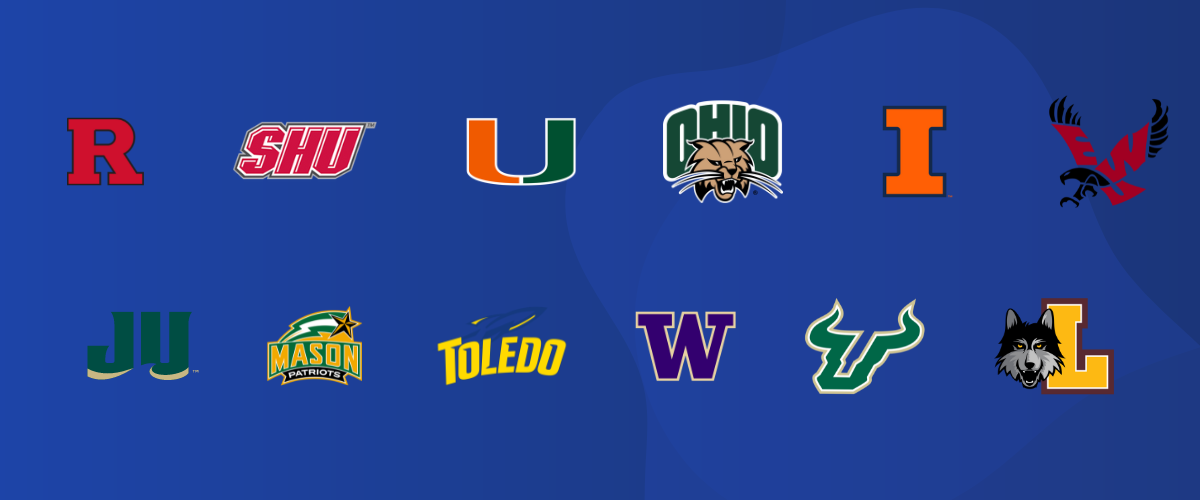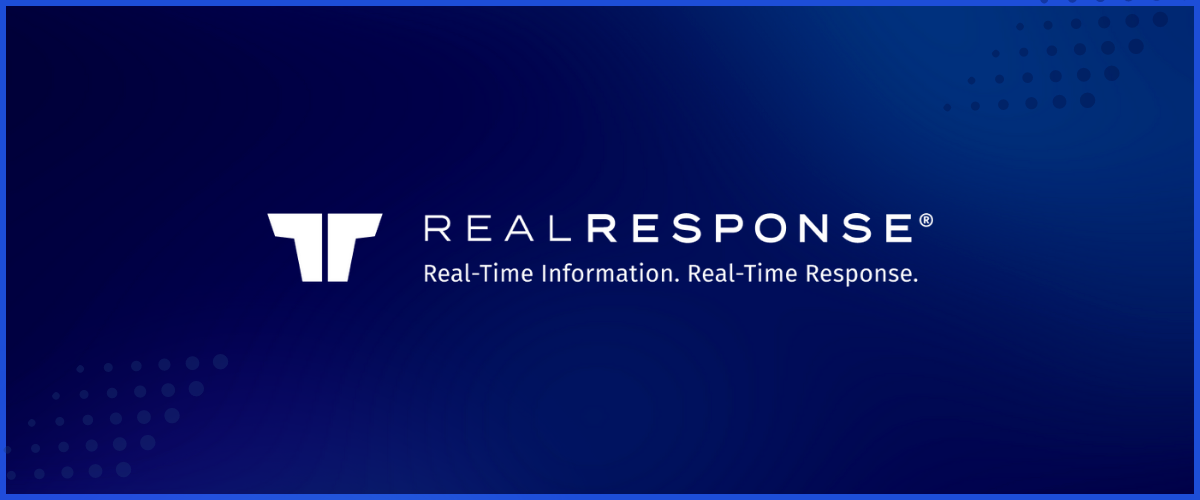Dr. Chris Zacharda, Research Scholar, Piazza Center, Penn State University and
David Chadwick, Founder & CEO, RealResponse
For those far removed from the collegiate experience, it’s easy to dismiss hazing as an overplayed phenomenon, dramatized in pop culture. A quick scan of recent headlines proves how very real—and prevalent—hazing incidents are across campuses, student groups and athletics teams.
Within the last few months alone, multiple lawsuits have been filed against institutions nationwide over hazing and abuse incidents tied to a variety of athletics teams. Half of a Division I football team is facing disciplinary action for an offseason hazing incident. One chapter of the Sigma Pi fraternity and its members recently paid over half a million dollars to settle with the family of a student who died due to alleged hazing in 2019. New policies like Ohio’s Collins Law shed light on how large of an issue this still is (20 institutions in the state reported incidents between 2018-2023.)
With student health and wellness becoming an even larger focus for institutional leaders, special attention must be devoted to hazing in particular. The only way to address such a persistent issue is with fresh thinking, and innovative resources.
Defining the scope and severity of hazing
Hazing manifests in many forms and, depending on local, state or institution-specific regulations, can encompass a breadth of problematic behaviors.
On the broadest level, hazing includes any activity that puts another person in physical or mental danger AND is tied to some sort of membership condition. The incidents that make the news cycle typically include instances of forced consumption (of a specific food, alcohol or drugs) or pressuring someone to engage in illegal behavior (such as theft, vandalism or violating public decency laws). Some schools’ definitions of hazing are even more granular. For instance, some university’s policies specifically call out acts of servitude as a form of hazing.
Just as hazing refers to a diverse set of actions, it plays out across an even more diverse set of environments. A frequently cited 2008 University of Maine study found that more than half of students involved in clubs, teams and organizations—including varsity and intramural sports, Greek life and performing arts groups—had experienced hazing at some point in their college career. More recent research indicates that, among Division III institutions, student-athletes may be almost twice as likely to have been hazed compared to students overall.
The three elements of hazing prevention
The pervasiveness of hazing makes the challenge that much more complex to solve. There is no single method that, on its own, will eradicate an issue that has plagued the college experience for decades. The most successful institutional leadership teams, however, focus on fostering an environment where hazing could never flourish in the first place. This requires a comprehensive strategy consisting of:
- 360-degree preventive education. Institutions have a responsibility to equip not only students, faculty and staff, but also families, with the information they need to stop hazing before it happens. At the foundational level, this should include in-person or virtual training to ensure everyone is clear on what hazing is, what the university’s code of conduct states, how state regulations address hazing, what reporting obligations students and other stakeholders have, and what the repercussions of noncompliance will be. For students and families, this information can be delivered before they even step foot on campus.
- Routine culture audits. It’s not enough to make sure that everybody understands the dangers and consequences of hazing. University leaders have to regularly collaborate across their institutions to identify whether there are characteristics of specific teams, clubs or the larger community that make it easier for misconduct to occur. On a regular basis, teams must reflect on whether they are perpetuating a climate in which it is appropriate—or even expected—to diminish others, or force newcomers into participating in problematic traditions to “prove” their commitment. Systemic, cultural issues like these have to be dismantled at the organizational, not individual, level.
- Constant reinforcement. Beyond identifying red flags in your institution’s culture, it’s critical to provide the entire student body with resources to reinforce how everyone plays a role in hazing mitigation. For example, it’s not enough to broadcast an expectation that students who see something, say something—you must also ensure students understand how to properly speak up (and offer the appropriate channels for doing so.) If a student, coach or faculty member witnesses an alleged hazing incident, there should be no question of where they can turn to report this information.

Building a student conduct program that scales
Putting an end to hazing is the ultimate goal. But institutions still need to think beyond prevention. When a hazing incident is reported and you’re on the hook to investigate, are you prepared to act swiftly (and accurately)?
This is where having the right people and tools in place can make a significant difference.
- Recruit allies across the institution. Many colleges and universities have one or two staff members who bear the official responsibility of managing hazing investigations. Rather than simply make the case for additional headcount, student conduct leaders should broaden their pool of existing on-campus partners. Form relationships with Greek life advisers, athletics directors, and coaches. Create an internal network you can rely on to support your hazing prevention efforts and to help explore potential misconduct so that the truth comes to life faster.
- Rethink your reporting mechanisms. The Piazza Center’s widely recognized Horizontal Hazing Model outlines that institutions need systems to educate and reward positive behavior while monitoring, confronting, and controlling the wrong behavior. Hotlines and other one-way channels for anonymously reporting hazing, while common, do not help thoroughly confront alleged misconduct. What many of these lack is a means for follow-up communication—making it that much harder to authenticate claims, collect evidence and interview relevant individuals. Even more concerning, these one-way tools can be weaponized by lone actors or groups who submit false (or exaggerated) claims. The reporting mechanisms available to your campus community should not only be anonymous and accessible, they should also make it easier for leadership to capture important information and hone in on credible cases.
So much has changed about the student experience over the last few years alone. But the risk of being impacted by hazing—directly or indirectly—remains a reality for many.
With a more expansive approach to hazing prevention and targeted resources for investigations, higher education leaders have an opportunity to buck this unfortunate tradition.
RealResponse is invested in elevating students’ voices in the college hazing conversation. By offering a safe, anonymous platform for two-way communication, we ensure everyone has a chance to be heard.





